(NLDO) - Scientists have just discovered new traces showing that the early Solar System gave birth to 3 planets with liquid water and suitable for life.
While some previous studies have shown that Mars once had rivers, lakes, and oceans like Earth before turning into a barren wasteland, new research shows that another planet was once like that.
That's Venus, a world that's currently 460 degrees Celsius hot, has 100 times the pressure of Earth, and a sea of clouds filled with sulfuric acid (H 2 SO 4 ).
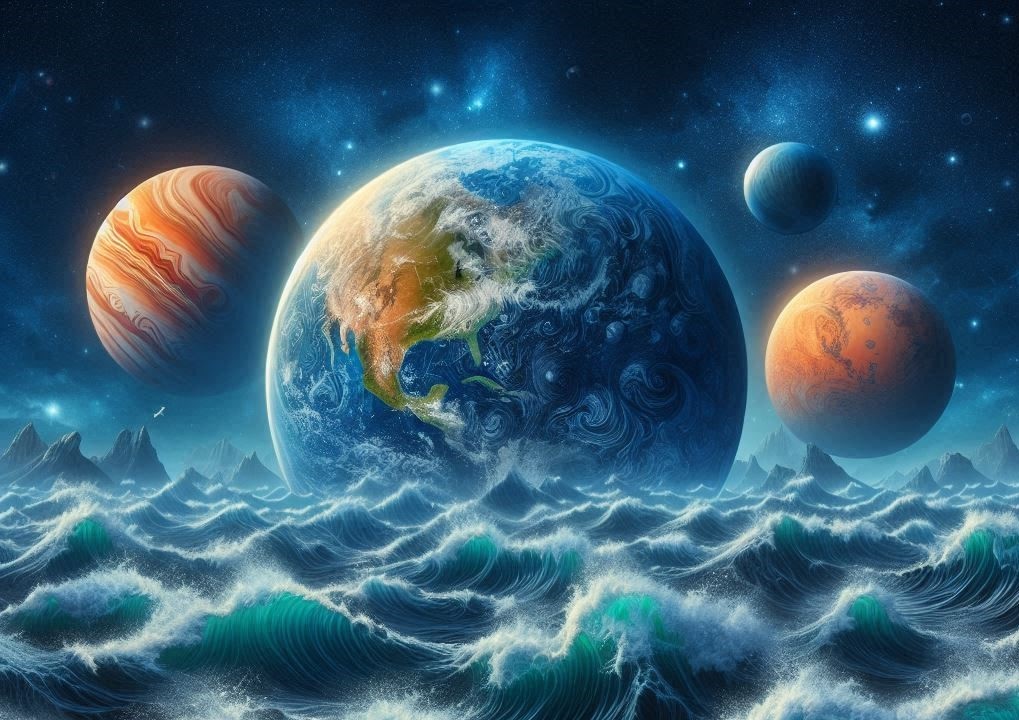
The Solar System may have once given birth to 3 planets with plenty of liquid water and suitable for life - AI illustration: Anh Thu
A research team led by Dr. Hiroki Karyu from Tohoku University (Japan) noticed an abnormality in the ratio between two variants of the water molecule, HDO and H 2 O.
HDO is a water molecule in which one of the usual hydrogen atoms is replaced by its isotope deuterium (D), also known as "semi-heavy water".
The anomalies were revealed through data from the SOIR probe on the European Space Agency's (ESA) Venus Express spacecraft, according to Sci-News.
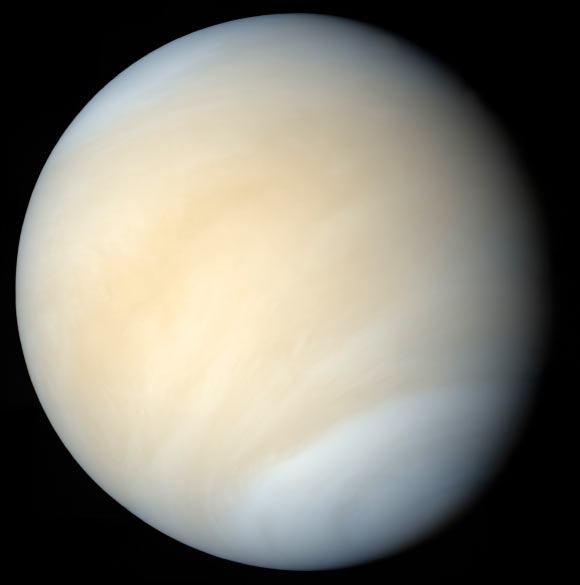
Venus now - Photo: NASA
According to current evidence, Venus and Earth originally had similar HDO/H 2 O ratios.
However, the observed ratio in the atmosphere below 70 km altitude on Venus is 120 times greater than on Earth, indicating significant deuterium enrichment over time.
This enrichment is mainly due to solar radiation breaking down water isotopes in the upper atmosphere, producing hydrogen and deuterium atoms,
Since hydrogen atoms escape into space more easily due to their lower mass, the ratio HDO/H 2 O increases.
The concentration of both variants of this water increases with altitude from 70–110 km, and the HDO/H 2 O ratio increases exponentially in this range, reaching levels 1,500 times higher than in Earth's oceans.
This may be related to the presence of hydrated sulfuric acid aerosols that permeate the Venusian atmosphere, just above the clouds, where the temperature drops below the dew point of sulfuric water and leads to the formation of deuterium-rich aerosols.
These particles rise to higher altitudes, where the increased temperature causes them to vaporize, releasing significantly more HDO than H 2 O. The vapor is then transported downwards, restarting the cycle.
While the way water behaves on Venus is completely alien to Earth, what's happening in its atmosphere confirms one undeniable fact: Venus still has plenty of water.
This means, according to proven models, when the world's rotation was not so slow and not yet covered by the harsh greenhouse effect, Venus' water could have had a high H 2 O ratio like Earth's, and was on the ground, in the form of rivers, lakes, seas...
"This phenomenon challenges our understanding of Venus's water history and its potential for past habitability," the authors said.
Additionally, they argue that understanding the evolutionary processes involved in Venus's ability to support life and its water history will help us understand the factors that make a planet suitable or unsuitable for life.
This could help humanity take appropriate measures to prevent the planet from following in the footsteps of its evil twin.
Along with Earth, Venus and Mars were also born in the Solar System's Goldilocks "zone of life."
Source: https://nld.com.vn/them-mot-hanh-tinh-co-song-bien-lo-ra-giua-he-mat-troi-19624082809591934.htm


![[Photo] Prime Minister Pham Minh Chinh starts construction of vital highway through Thai Binh and Nam Dinh](https://vphoto.vietnam.vn/thumb/1200x675/vietnam/resource/IMAGE/2025/5/12/52d98584ccea4c8dbf7c7f7484433af5)

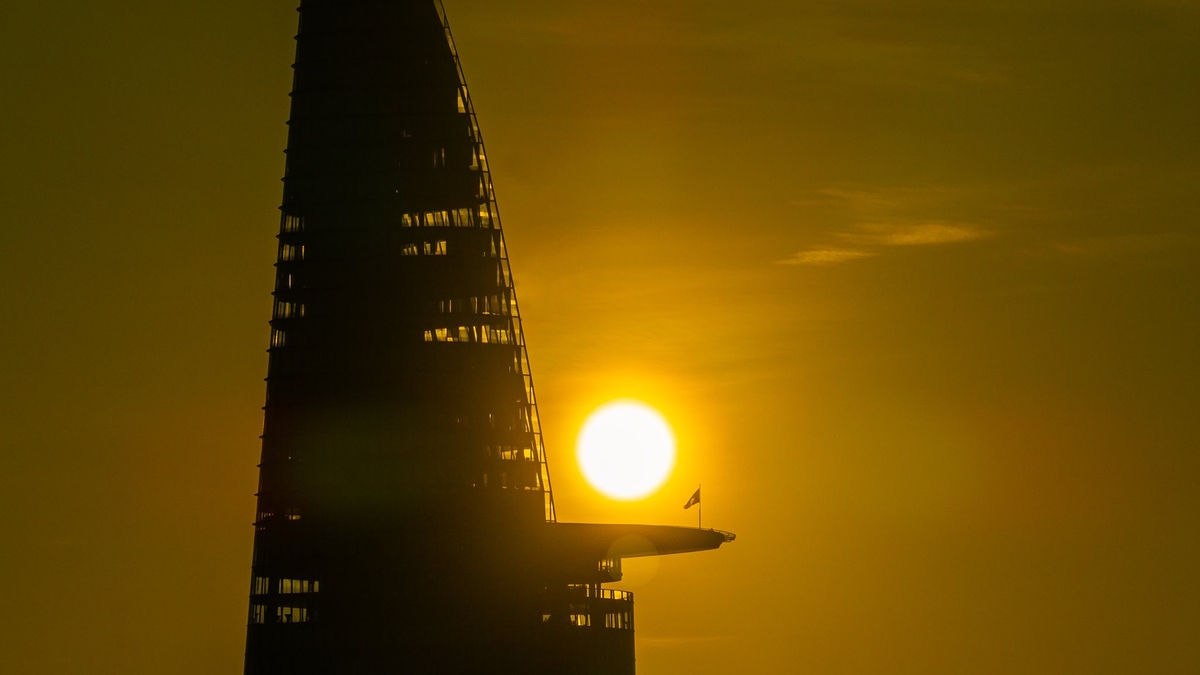

![[Photo] Buddha's Birthday 2025: Honoring the message of love, wisdom, and tolerance](https://vphoto.vietnam.vn/thumb/1200x675/vietnam/resource/IMAGE/2025/5/12/8cd2a70beb264374b41fc5d36add6c3d)





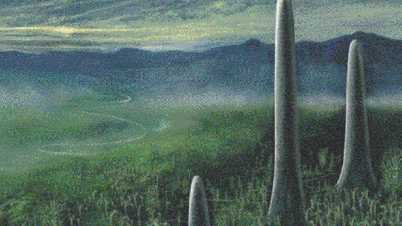


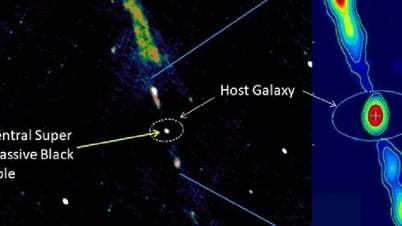
















![[Photo] General Secretary To Lam meets and expresses gratitude to Vietnam's Belarusian friends](https://vphoto.vietnam.vn/thumb/1200x675/vietnam/resource/IMAGE/2025/5/11/c515ee2054c54a87aa8a7cb520f2fa6e)








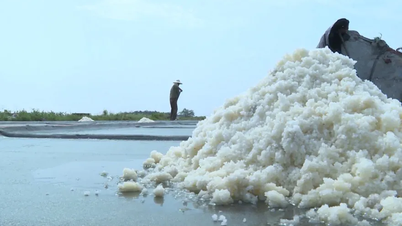














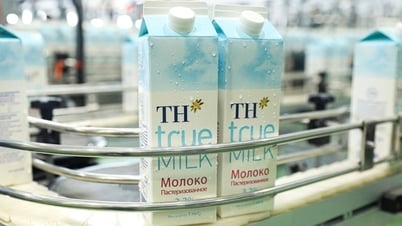










































Comment (0)